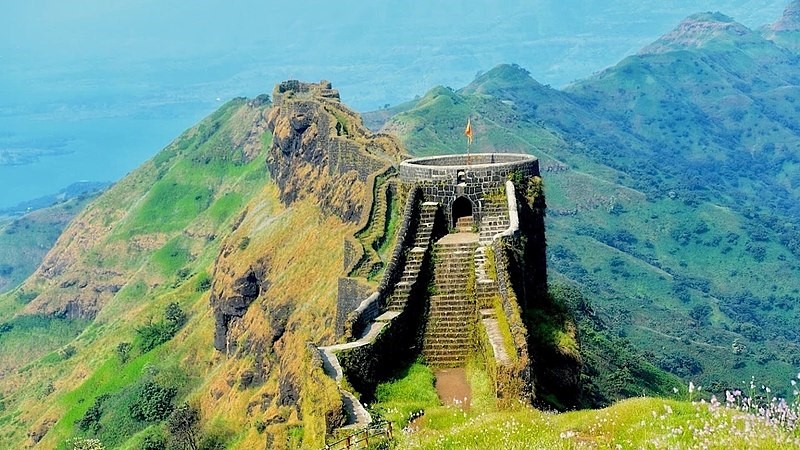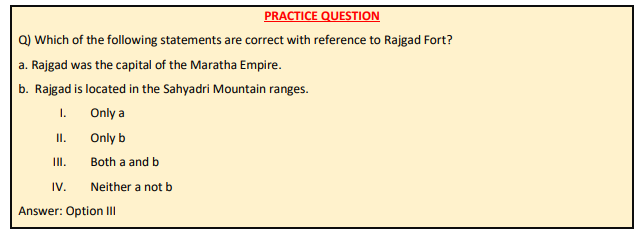Description

Copyright infringement not intended
Context: Just two hours away from Pune city, Velhe Forest, located in the foothills of the Rajgad Fort is home to 496-odd unique species, including 172 birds (representing 18 orders and 59 families), 105 butterflies and moths, 39 kinds of terrestrial bugs and beetles etc.
.jpeg)
Details:
Findings:
- Interspersed with agricultural fields and cut through by the Gunjwani River and several smaller streams and waterfalls, the region is also populated by nine villages, home to about 654 families, and had the lowest rank on several human development indicators out of Pune’s 14 talukas, per the Census 2001.
- Notably, the threatened bird species include the Critically Endangered Indian Vulture (Gyps indicus).
- The Greater Spotted Eagle (Clanga clanga), listed as Vulnerable by the IUCN, was spotted multiple times during the winter months around Sakhar and Ghawar villages, while the Near Threatened Pallid Harrier (Circus macrourus) was seen on the grassy hills behind Sakhar village.
- In the open agricultural patches around Sakhar, the near-threatened Alexandrine Parakeet (Psittacula eupatria) made multiple appearances.
- Researchers came upon a Humayun’s Night frog (Nyctibatrachus humayuni) in the study area, a species of anuran amphibian which is “extremely endemic” to the northern part of the Western Ghats, which was seen with egg clutches.
- Other notable findings of the survey include 104 butterflies and moths, including Maharashtra’s state butterfly, the Blue Mormon.
- Among odonates – which includes dragonflies and damselflies – researchers noted the presence of the Indian-endemic Black winged bamboo tail, while certain species like the Southern Heliodor, Clear-winged Forest Glory and Black-tipped Forest Glory (which are found in clean streams) indicated favourable water quality in the study area.
- The Gunjwani River, meanwhile, also hosts a population of the Pethia sanjaymoluri, a ray-finned fish that is highly endemic to parts of Maharashtra.

About the fort:
- Rajgad, this majestic fort was the capital of the Maratha Empire till 1672 CE.
- Earlier known as ‘Murrumba Devacha Dongar’ was made one of the unconquerable forts of Medieval Maharashtra by the founder and architect of the Maratha Empire Chhatrapati Shivaji Maharaj.
- Rajgad, literally meaning ‘Ruling Fort’ was the capital of the Maratha Empire established by Chhatrapati Shivaji Maharaj for 24 years.
- Rajgad is divided into two main parts as the lower fort and the upper fort.
- The upper fort comprises the Balekilla, where the royal residence was built. The Lower fort is made of three arms of the hill.
- Rajgad is located on the triangular tabletop of the hill. These three arms are named Suvela Machi, Padmavati Machi and Sanjivani Machi. Padmavati Machi got its name from the temple of Goddess Padmavati and the small reservoir of the same name.
- The young sixteen-year-old Shivaji had captured the Torna fort and had found a gold hoard. The gold found in the hoard was used to build a fort on Murrumba Devacha Dongar’, and the fort was then named ‘Rajgad’.
- Rajgad is in the Sahyadri Mountain ranges at an elevation of 1,395 meters above sea level.


https://www.hindustantimes.com/cities/mumbai-news/researchers-discover-a-treasure-trove-of-biodiversity-in-the-foothills-of-rajgad-fort-101676834324426.html
















